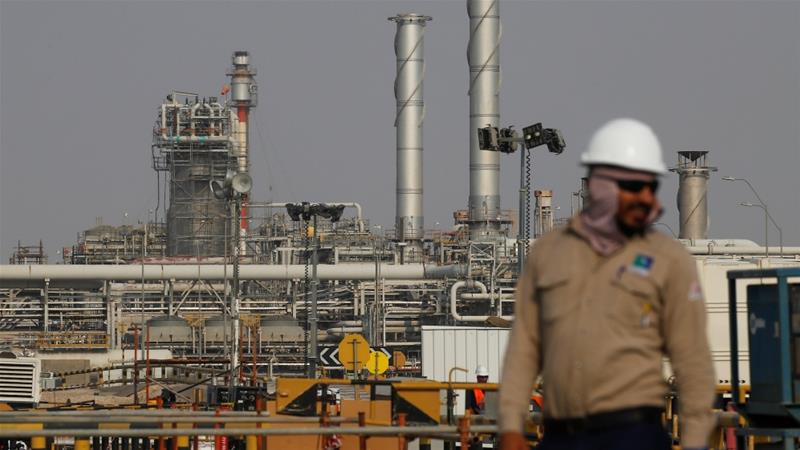By Ali Ssekatawa
Uganda is slowly but surely positioning herself on the path to transformative infrastructure that will propel among others energy independence, marked by a series of historic milestones achieved in the past six months.
First was the closure of external financing syndicated by African and Middle Eastern banks for construction of the 1,443 km East African Crude Oil Pipeline (EACOP); the repossession of the national power infrastructure from Umeme back to the Uganda Electricity Distribution Company Limited (UEDCL); the release of the first tranche of financing for the Standard Gauge Railway (SGR); and, the signing of the Implementation Agreement for a 60,000-barrels-per-day refinery with Alpha MBM International.
Together, these series of unrelated but interlinked events form a transformative package that signals Uganda’s decisive shift toward controlling its energy infrastructure and economic destiny. As is already known by now, EACOP will transport the country’s crude oil from the oil fields in mid-western Uganda to Tanzania’s Tanga Port en route to the international market. Additionally, the EACOP project includes 48-core fibre optic cables, offering a robust backup for internet connectivity and contributing to the country’s growing digital infrastructure.
The egress of Umeme from the power equation on March 31 was preceded by the likes Eskom and Jacobsen from the generation portfolio, with their erstwhile responsibilities reverting to the Uganda Electricity Generation Company Limited (UEGCL). This firmly gives the Ministry of Energy full autonomy over the electricity sub-sector to chart the country’s energy future.
On the hand, SGR is a key component in the country’s planned intermodal transport, including rail-water transport and road, to spur connectivity access to sea; either through Mombasa, Kenya, or Dar es Salaam. This infrastructure is expected to play a key role in supporting logistics and facilitating broader regional trade. The Ministry of Works and Transport last November signed a Shs10.9trillion Engineering, Procurement and Construction (EPC) tender with Turkiye’s Yapı Merkezi İnşaat ve Sanayi A.Ş for execution of the project.
The implementation agreement for the oil refinery signed on March 30 effectively means commencement of project works is within arms-length. The greenfield project represents a major leap forward in Uganda’s journey toward energy security. While some sceptics argue that the project could meet the same fate as the now-defunct refineries in Kenya and Tanzania, Uganda’s approach is fundamentally different. Unlike its coastal neighbours—whose refineries relied on imported crude from the Middle East, advantaged by their coastal location—Uganda’s refinery will process domestically produced crude, owned by the Uganda National Oil Company (UNOC), which is also a partner in the project.
Critically, the Uganda refinery project will operate on a tolling model, rather than a merchant model. In a merchant model, the refinery buys and owns the crude it processes. Uganda’s tolling model, however, works much like a maize or coffee milling plant (kyuma kya kasoli in Kisenyi), where farmers bring their maize or coffee, pay a milling fee, and take home the processed product—flour (obuwunga). Similarly, UNOC, as a crude owner, will deliver its oil to the refinery, pay a processing fee, and retain ownership of the refined products. These refined products will then be distributed to downstream players—companies that supply final petroleum products such as petrol, diesel, jet fuel, and kerosene.
By the time Uganda begins receiving its first refined products, UNOC will have gained valuable operational experience through its current role as the sole importer of petroleum products. This transition to domestic refining is projected to save the country nearly $2 billion annually in import costs. Beyond the economic savings, it will enhance energy reliability and stimulate investment in critical transport infrastructure, including railways, roads, and airports.
The planned nuclear power plant adds the final layer of ambition to Uganda’s energy vision—serving as the icing on the cake. It will not only diversify the country’s energy mix but also position Uganda as a regional leader in sustainable, secure, and forward-looking energy generation.
These series of infrastructure investments might appear to an ordinary Ugandan as merely government throwing away money as opposed to investing in say social services, but they are calculated investments; the long-term pathway towards economic development envisioned in the policy blueprint, Vision 2040— investing directly in strategic areas to stimulate the economy and facilitate private sector growth, and strengthening the fundamentals of the economy to harness the abundant opportunities around the country
Mr Ali Ssekatawa is the Director Legal and Corporate Affairs at the Petroleum Authority of Uganda (PAU)
Email: corporateaffairs@pau.go.ug





